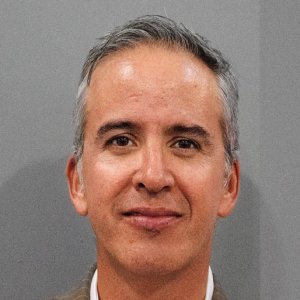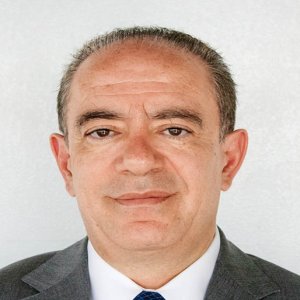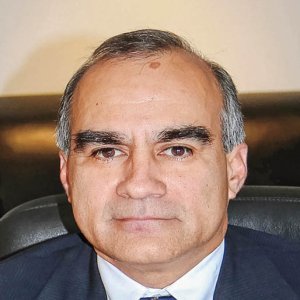Chihuahua Seeking Rebound in Exploration Spending

STORY INLINE POST
Q: What is the state of the mining industry in Chihuahua?
A: Most of the mines are in the southern part of the state, in the Sierra Madre mountainous region. Mining companies in the region are often responsible for their operations and for mining closures. For instance, El Sauzal recently closed and Goldcorp is doing an excellent job re-establishing the ecosystem with continued monitoring of results to make sure the closure and re-adaptation is advancing as planned.
Chihuahua has a primary focus on silver and gold but the epicenter of the state also offers base metals such as lead, zinc and copper while the east side produces iron. It is difficult to produce base metals because the country does not have the infrastructure to process or refine these resources.
Regarding projects in development, the state experienced a drop in exploration investment after metals prices fell in 2012. The first phase of Fresnillo’s San Julian project is about to ramp up to full production and there are several other mining companies evaluating opportunities for exploration. As a state, we seek to attract exploration companies not only from the US and Canada but also from other regions such as Australia, Europe and South America. We had a meeting with the South African ambassador and we are planning to visit companies in that country to promote the state. Chihuahua strives to promote the state internationally to attract more investment. At the moment, junior companies are starting to reinitiate drilling and prefeasibility studies.
Q: How would you describe the main areas of opportunities in Chihuahua?
A: Mining companies often struggle with land permits and relationships with surrounding communities. We are trying to facilitate mining in the state by helping them find new ways to deal with those communities and to fill gaps in the state’s mining supply chain. The agency is helping suppliers find areas of opportunity in the supply chain by identifying the industry’s main needs. Approximately 25-30 percent of the suppliers are local and we want to increase this number by processing more resources locally. We want local companies to collaborate with foreign companies in developing products that can meet supply- chain requirements. This contributes economically to the development of the region.
Q: In what ways are the authorities collaborating with the private sector?
A: Our main objective is to promote the mining industry and to facilitate access to information, such as geological survey data, to attract investors. In this regard, a safety protocol was agreed upon between the authorities and the private sector to make sure companies know the steps they have to take to guarantee safety within their operations and exploration activities. This helps them mitigate problems with suppliers, surrounding communities and organized crime to ensure the continuity of their investments.
We are attending international events such as PDAC to better position Chihuahua in the mining industry. The state is looking for other events to share information and attract investors. We are starting a campaign for medium-sized miners to help them create growth strategies through planning and technology.
The private sector also collaborates with its public counterpart by growing trees in greenhouses. They are planted not only at mine sites but throughout the entire state as needed. An agreement is being signed between mines and forest agencies to make sure there are enough trees in the state.
Q: How does the mining cluster in Chihuahua support the industry and the state?
A: The work of the mining cluster is divided between operating and developing mines and the supply chain. Its main focus is to create more local suppliers for mines and to strengthen security in the region. Most of Chihuahua’s mines belong to the cluster. The committee strives to identify their main needs and instill socially and environmentally responsible habits that support the economic development of mining towns. Fortunately, 60 percent of the employees in mine sites are hired locally.
Q: How is the state taking advantage of the Mining Fund?
A: We are designating the funds from 2016 for projects such as tourism development to help surrounding communities diversify their sources of income. This way communities are less at risk when mines reach the end of their life cycle and can continue working in nonmining-related vocations. The funds are being used for more than just paved roads and lights. We are also encouraging young people to create new businesses and develop solutions that address issues within their communities.






















